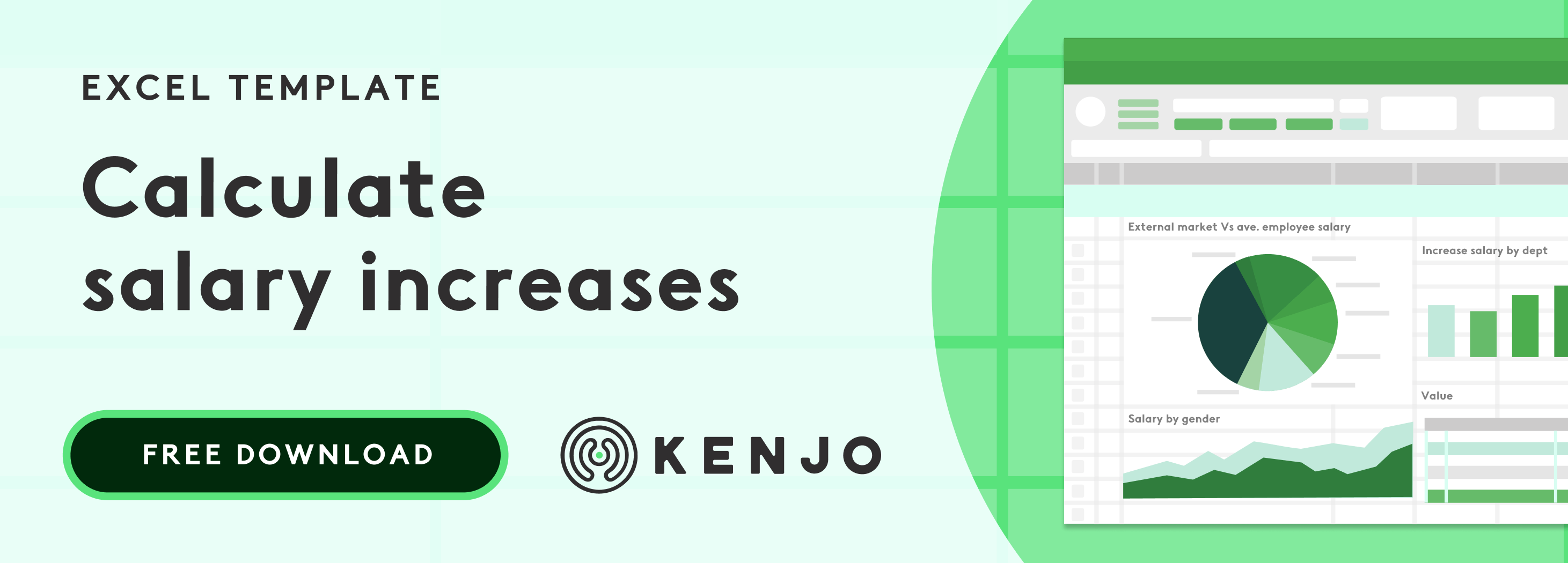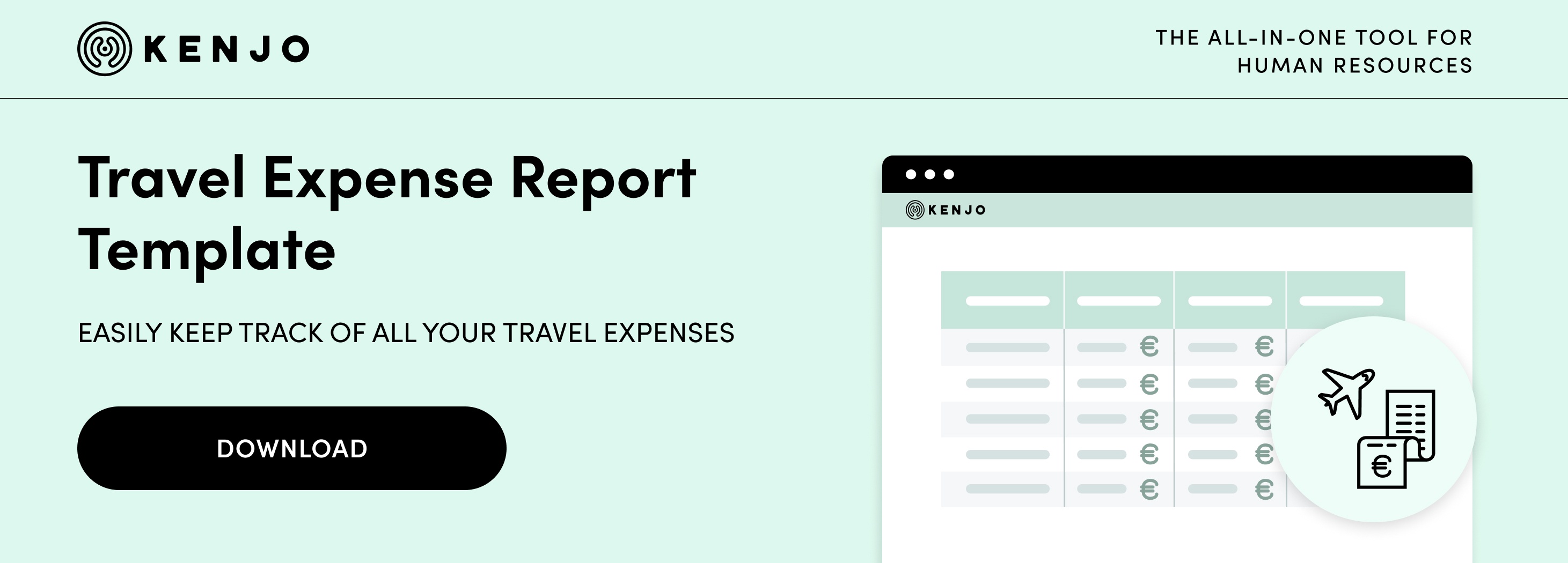Seventy per cent of companies have a compensation plan or are working on one, according to a survey by PayScale (2020). The main reason for doing so is to improve talent retention and attraction, as this is an increasingly complicated objective for companies.
In this article, we'll look into the advantages of introducing a compensation plan, how it benefits the company and the steps you need to take to create one.
What's the definition of a compensation plan?
A salary compensation plan is a document that specifies employees' salaries, benefits and payment conditions. It contains details about bonuses, incentives, commissions as well as scheduled salary increases for time served.
This kind of plan also motivates sales teams to improve their performance. For this reason, it must include information on aspects of a salesperson's earnings, such as base salary, commissions or any other incentive or benefit they may have selected.
In general, you should define:
- Objectives and strategy.
- Performance measurement.
- Pay formula.
- Governance (how to resolve potential conflicts that you didn't envisage in the original plan).

Why do companies need a compensation plan?
Companies need compensation plans and benefits to stay competitive in the sector and also to attract and retain talent. And companies that just pay employees what they're owed will become less attractive. The best professionals will leave for other companies that offer extra benefits as well as a good salary.
According to the PayScale 2020 Compensation Best Practices Survey we mentioned earlier, many companies are finding it difficult to find and retain the talent they need. This is why compensation plans have become an excellent resource for building an employer brand. It's put the company in a more favourable position when workers are deciding between one job offer and another.
According to KPMG Spain some factors that have the greatest influence on talent attraction and retention, are firstly, an attractive project (55%), followed by employer branding (52%) and the employee value proposition - EVP (34%). As we can see, today, a company's image strongly influences professionals' decision-making.
Ultimately, companies need a compensation plan to attract and retain the best talent, as well as create an attractive and appealing EVP.
7 steps to create a compensation plan
Are you ready to develop a compensation programme? While every company and team is different, there is a series of steps that will help you successfully reach your objective.
1. Set objectives for your compensation plan
The first step in designing the best compensation plan is to define the goals you want to achieve. In other words, review your business objectives to align them with the those of the plan you're about to create.
To give it even more structure, we recommend that you set primary and secondary objectives. Spend time validating and explaining them, it will help get your priorities in order.
In the end, this section should help you clarify what you want to achieve with this compensation plan.
2. Define the fundamentals of your plan
Now that you know what you want to achieve, you need to decide how you're going to do it. In other words, design a compensation model that best suits your business needs.
Then answer the following three questions:
- Who? (which employees will benefit from the plan): think strategically and decide who will have access to a compensation plan. It could apply to everyone in the organisation or just some key departments where a little extra motivation could boost business outcomes.
- What? (types of compensation): establish which types of compensation you're going to include in the plan: commission, medical insurance, gift vouchers, etc.
- Why? (the reasons for rewarding employees): when someone hits their targets? Did they close a valuable deal for the company? Establish which rules will govern your compensation plan. This can be done on an individual level for each employee, by department or by job role. For example, marketing managers must exceed last year's sales by 2%.

3. Go into detail: when and how much?
Now it's time to define more specific aspects of the plan. For example, when will employees receive their rewards? There are many options: when they meet a series of objectives, at the end of the year, when they close a new sale, etc.
It's essential to identify the exact timing. If you wait too long and payments get delayed, this could result in a demotivated team. On the other hand, paying too early could cause cash flow problems for the company.
Make sure you also set a minimum and maximum for compensation, and if this is based on a percentage of sales or if it's a fixed quantity when specific objectives are met. Also, remember to state if the amount of compensation depends on the employee's salary, and if so, would someone with a lower salary receive less than a higher earner.
4. Check what the competition is paying
If attracting and retaining talent is one of the objectives of your compensation plan, then it's vital to find out what incentives your competition is offering. You can ask colleagues from the sector and adjust your plan accordingly (if your budget permits).
Another option is to use the LinkedIn Salary tool that will give you information about average salaries for a specific job or location. It's free; just enter your data.

5. Go over the plan with others in your organisation
Seek approval from other members of the company who have a certain level of responsibility. Ensuring that everyone in the company is aligned and supports the compensation plan is essential if it's going to be a success.
6. Develop a communication plan
All company employees need to know what the compensation plan is all about. Share information across different communication channels: email, group meetings, social media, leaflets, etc.
You can also open communication channels where employees can ask questions because they're bound to arise. It's only natural that these systems will spark interest and raise questions.
7. Monitor the results
Once your plan is in place, keep your eye on its evolution and refocus any aspects where necessary. You must be prepared to make changes and adapt to any new requirements that may arise. And stay tuned to recent developments relating to employment law that may affect your plan.




